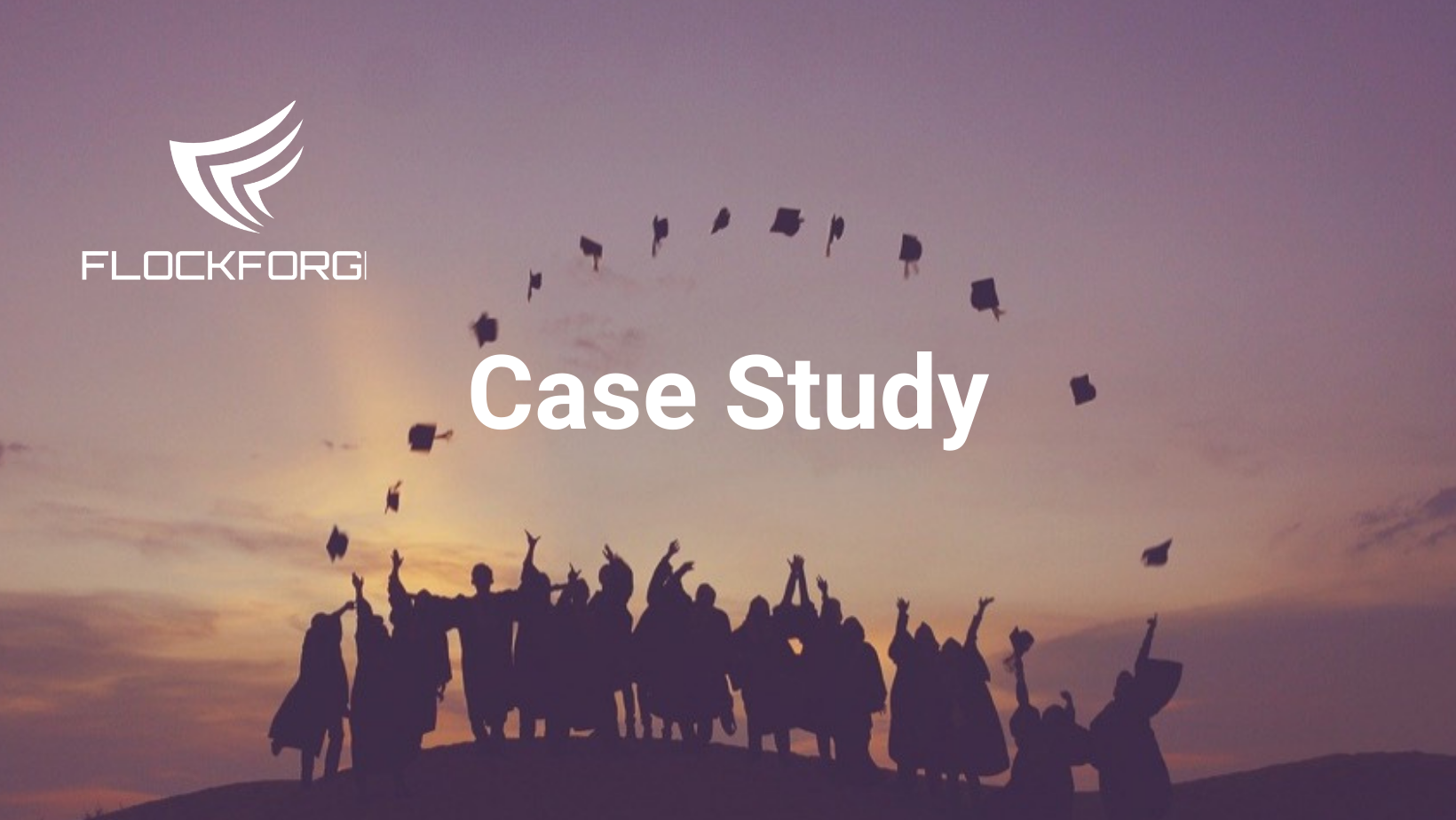Case Study on how alumni associations operate in Kerala
Takeaways
- We identified the problems faced by educational institutions in Kerala to help them utilize the value-added alumni benefits of alumni communities
- Our team conducted the market research and analysed the results to understand ways to prepare alumni to engage and give back to their alma mater for a lifetime.
- We strategized various methods such as budget allocation and alumni/ae loyalty, nostalgia, and philanthropic generosity to motivate them to be active members. The solution also focused on giving special attention to attract and engage young alumni.
- At present, we are helping 5+ alumni communities across the state to grow at an international level by expanding the number of chapters and boosting engagement within the community. The robust communication channel set up assists institutions to provide career support to young alumni and get sponsorship for events.
Problem
Most educational institutions in Kerala have alumni communities. But, the majority of them were unable to exploit the potential of alumni communities fully:
The alumni communities are not leveraged for the institutions’ needs, such as fundraising and marketing the college’s events. A huge number of alumni choose not to participate in the activities.
Our approach
We carried out detailed market research to understand the challenges faced by the alumni communities and develop a solution for that.
-
Data collection
- Selected 100 colleges from the Engineering stream and the Arts and Science stream, which were established for at least 15 years
- Collected data through telephonic conversations held with the alumni coordinators of the respective educational institutions
- A questionnaire dealing with the alumni activities was also done
-
Data analysis
85% of institutions have an active alumni association
80% of alumni associations don’t have an active website
Yearly programs for alumni are significantly less in majority of institutions
- Monthly Newsletter: Newsletters are not seen as a frequent habit as only about 4 colleges release them monthly and another 8 colleges yearly. The other 88 colleges have not so far.
- Dedicated staff for managing the alumni activities: An Executive Committee has been formed in around 66 colleges for managing the alumni association activities. Most of them conduct an annual general body meeting to decide on the coming meet/year activities. A few colleges meet twice a year, while other very few meet up monthly. The rest 34 colleges either have 2 or more staff assigned or have no staff at all.
- Chapters based on location: Less than 50% of colleges have chapters in other locations, most prominently in the middle east like Dubai, Kuwait, Qatar, Oman and Saudi Arabia. Some of them have chapters in the UK and US. The chapter is prominently seen in Bangalore in India, while also present in Chennai, Ernakulam, Mumbai, Hyderabad, Trivandrum, and small numbers.
-
Social welfare activities by alumni: Most of the college’s alumni association spend on scholarships for college students, and while some spend for students from other colleges as well. They provide placement assistance as well to the college, give training and advice to the students. A few help improve the college's infrastructure, while a few have provided medical aids and donated books to the school library. Eminent alumni take occasional seminars/lectures in specific colleges.
-
Approximate annual expenditure: The majority of the colleges have not disclosed much about the annual expenditure. Based on the conversations with them, the membership fee collected from the students seems to be the only source of funding for most of the colleges. Some colleges do seek sponsorships at the time of events.
-
Findings
- Alumni relations functions were ignored for fundraising objectives.
- Alumni communities are pulled in the direction of performing fundraising tasks rather than focusing on alumni engagement and donor cultivation.
- Lack of alumni staff
- Lack of compelling, relevant value for alumni
- Difficulty communicating the value of being engaged
- Lack of organizational budget resources
- Getting GOLDs (graduates of the last decades)/ Young alumni to join
- Lack of a marketing plan or strategy
Solution
Based on the data analysis, we carried out extensive internal brainstorming to help the institutions with driving activities and build an engaged alumni community hand in hand with brand building.
Outcome
The communities were able to,
- Highlight the value of alumni engagement and reduce the count of alumni who opt-out
- Build the brand of the alumni community globally
- Bring in alumni emotions through various events and online platform
- Use the network for the needs of the institution
Reference:
